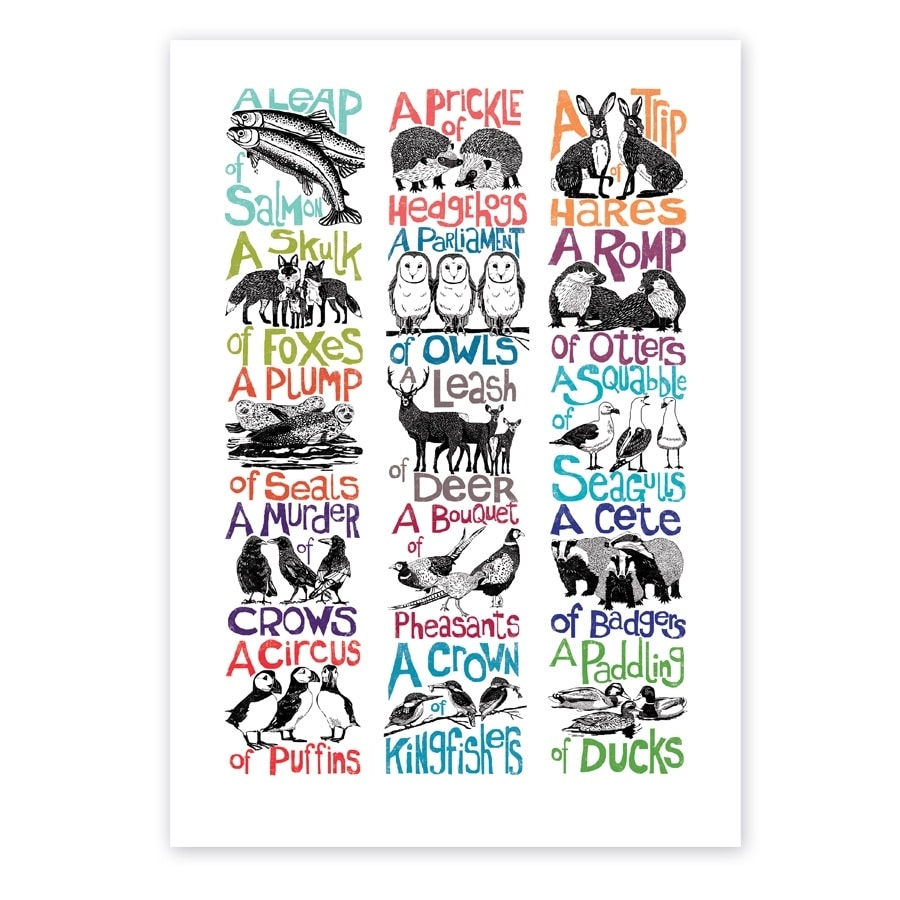Collective nouns are unique words that describe groups of animals. While most people are familiar with common collective nouns such as a “herd” of cattle or a “flock” of birds, there are some truly unusual collective nouns that are not as well-known. These quirky terms add a fun and interesting twist to the English language.
Whether you’re a language enthusiast or simply curious about the fascinating world of animal terminology, exploring these unusual collective nouns can be an enjoyable experience. From a “murder” of crows to a “parliament” of owls, these terms often reflect the behavior or characteristics of the animals they describe.
Here are some of the most unusual collective nouns for animals:
1. A Crash of Rhinoceroses: This term may seem fitting considering the size and power of these magnificent creatures. A group of rhinoceroses is known as a “crash,” which evokes images of these massive animals moving together in a powerful and unstoppable force.
2. A Pandemonium of Parrots: Parrots are known for their colorful plumage and vocal abilities, so it’s no surprise that a group of these birds is called a “pandemonium.” This lively and chaotic term captures the energetic and noisy nature of parrots when they gather together.
3. A Prickle of Porcupines: Porcupines are covered in quills that serve as a natural defense mechanism, so it’s fitting that a group of these spiky creatures is called a “prickle.” This term highlights the sharp and prickly appearance of porcupines when they are seen together.
4. A Shrewdness of Apes: Apes are known for their intelligence and social behavior, which is why a group of apes is called a “shrewdness.” This term reflects the clever and cunning nature of these primates, emphasizing their ability to problem-solve and communicate with each other.
5. A Flamboyance of Flamingos: Flamingos are known for their vibrant pink feathers and graceful movements, so it’s fitting that a group of these elegant birds is called a “flamboyance.” This colorful term captures the beauty and spectacle of flamingos when they gather in large numbers.
In conclusion, exploring the world of unusual collective nouns for animals can be a fun and enlightening experience. These quirky terms add a touch of whimsy to the English language and provide a unique insight into the behavior and characteristics of different animal species. Next time you come across a group of animals, consider using one of these unusual collective nouns to describe them in a creative and imaginative way.
